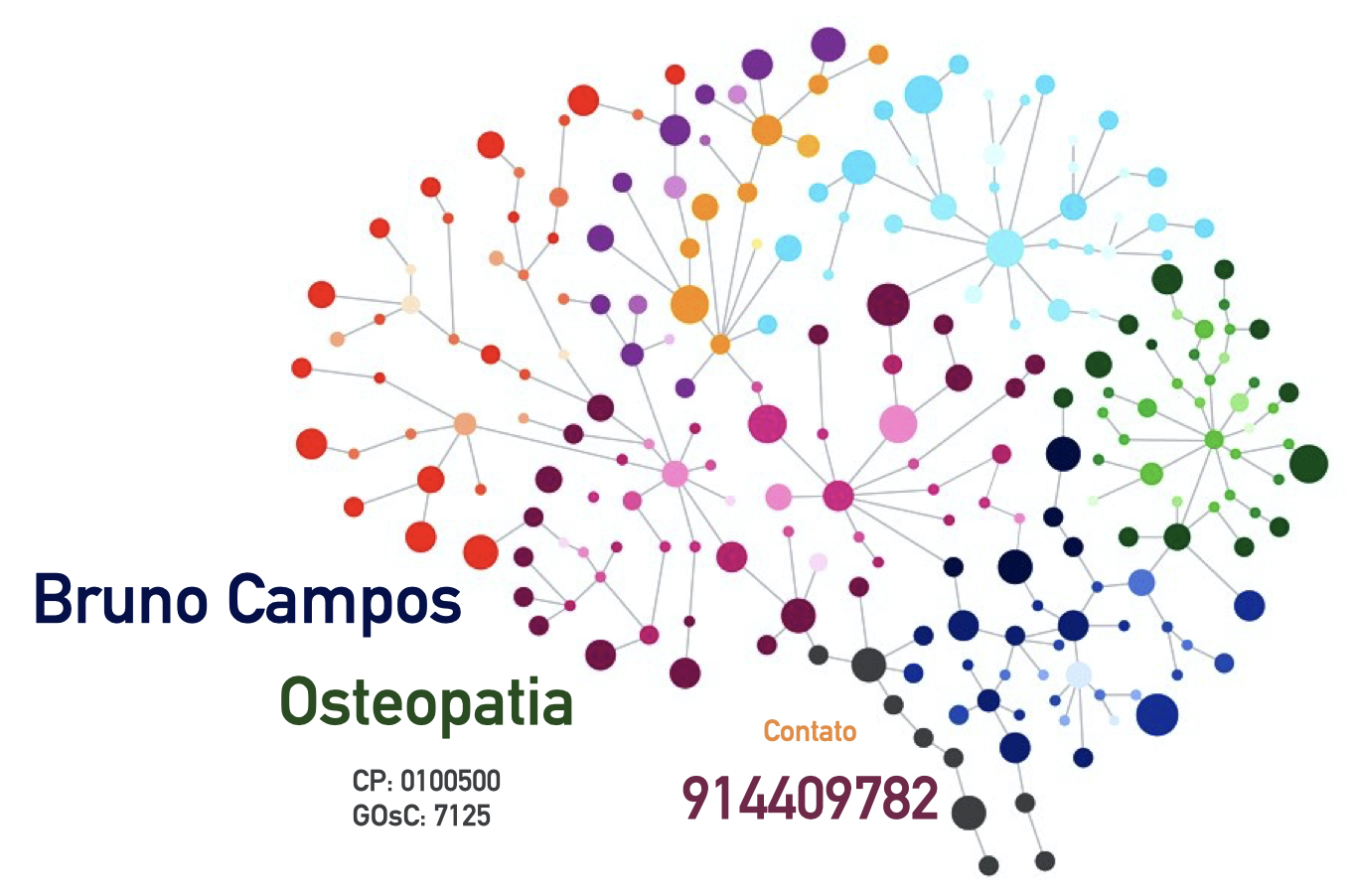Partilho com o leitor um estudo relativamente recente, do Journal of manipulative and physiological therapeutics, que no seu relatório preliminar conclui que a artéria vertebral ( AV) durante a manipulação cervical, é alongada bem dentro do limite fisiológico da sua amplitude, mais, o alongamento da AV durante a manipulação é menor, do que aquele provocado pelos testes de amplitude de movimento ( ROM Tests), que se fazem nas consultas ( de várias especialidades) para perceber a mobilidade dos tecidos. Os testes são passivos e activos e respeitam sempre os limites fisiológicos de amplitude. Este tema continua a ser bastante discutido e continua a existir a crença de alguns profissionais de saúde, mas sobretudo de pacientes, que as manipulações cervicais são potencialmente fatais pelo risco de lesão ou compressão da artéria vertebral. Por isso, escolhi este estudo, embora existam muitos mais, para ajudar a desmistificar este tema e os receios que apesar de tudo ainda permanecem em muitos pacientes.
Preliminary report: biomechanics of vertebral artery segments C1-C6 during cervical spinal manipulation.
Abstract
OBJECTIVE:The purpose of this study was to measure strains in the human vertebral artery (VA) within the cervical transverse foramina and report the first results on the mechanical loading of segments of the VA during spinal manipulation of the cervical spine.
METHODS:Eight piezoelectric ultrasound crystals of 0.5-mm diameter were sutured into the lumen of the left and right VA of one cadaver. Four hundred-nanosecond ultrasound pulses were sent between the crystals to measure the instantaneous lengths of the VA segments (total segments n = 14) at a frequency of 200 Hz. Vertebral artery engineering strains were then calculated from the instantaneous lengths during cervical spinal range of motion testing, chiropractic cervical spinal manipulation adjustments, and vertebrobasilar insufficiency testing.
RESULTS:The results of this study suggest complex and nonintuitive strain patterns of the VA within the cervical transverse foramina. Consistent (for 2 chiropractors) and repeatable (for 3 repeat measurements for each chiropractor) elongation and shortening of adjacent VA segments were observed simultaneously and could not be explained with a simple model of neck movement. We hypothesized that they were caused by variations in the location and stiffness of the VA fascial attachments to the vertebral foramina and by coupled movements of the cervical vertebrae. However, in agreement with previous work on VA strains proximal and distal to the cervical transverse foramina, strains for cervical spinal manipulations were consistently lower than those obtained for cervical rotation.
CONCLUSIONS:Although general conclusions should not be drawn from these preliminary results, the findings of this study suggest that textbook mechanics of the VA may not hold, that VA strains may not be predictable from neck movements alone, and that fascial connections within the transverse foramina and coupled vertebra movements may play a crucial role in VA mechanics during neck manipulation. Furthermore, the engineering strains during cervical spinal manipulations were lower than those obtained during range of motion testing, suggesting that neck manipulations impart stretches on the VA that are well within the normal physiologic range of neck motion.
Referência: J Manipulative Physiol Ther. 2010 May;33(4):273-8.Wuest S, Symons B, Leonard T, Herzog W.
